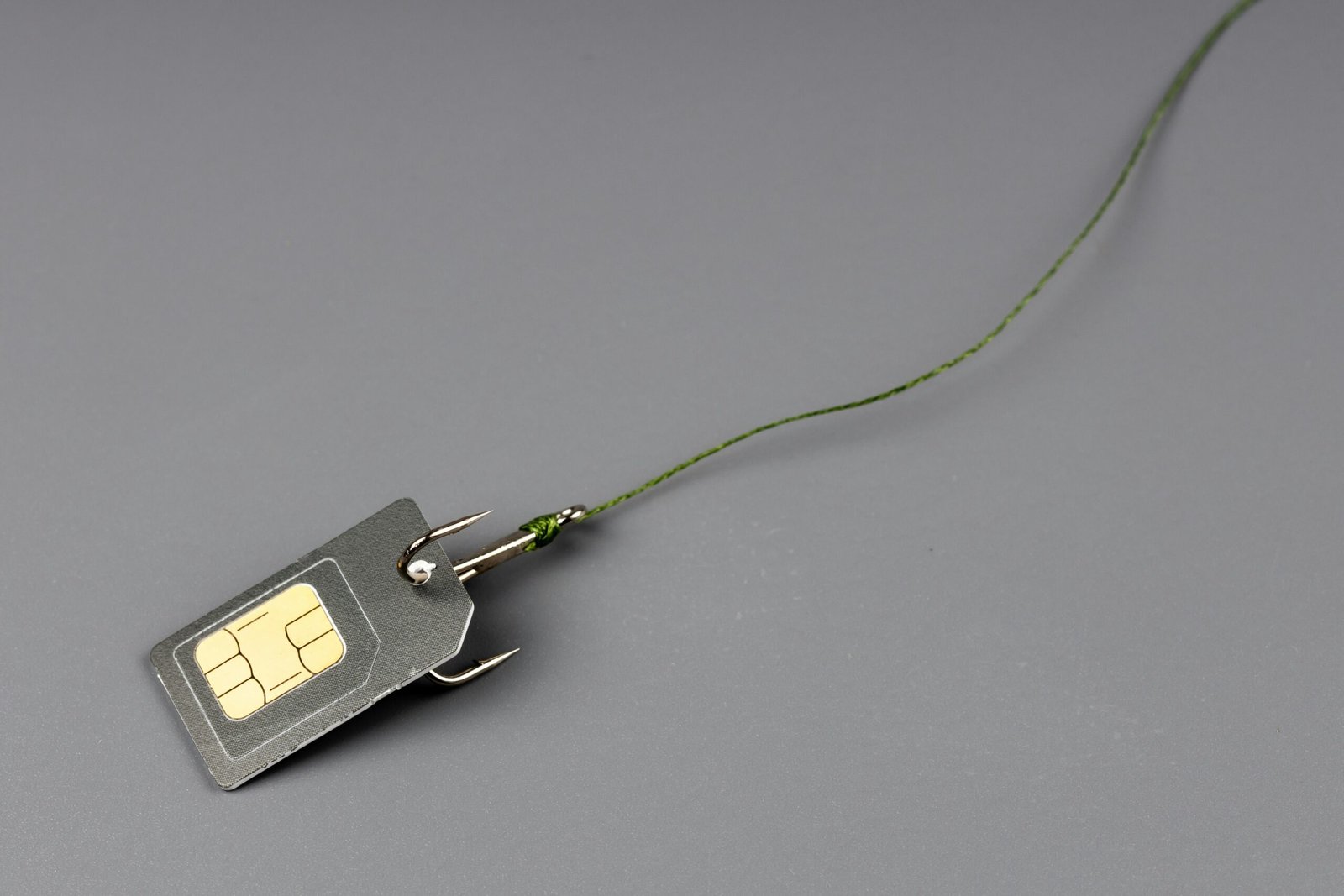
How to Use a SIM Card Overseas
Traveling abroad can be an exciting experience, but it can also pose challenges when it comes to staying connected to the internet. One of the most convenient ways to ensure connectivity is by using a local SIM card in your phone or mobile device. Here are some steps to help you use a SIM card overseas:
Step 1: Check if Your Phone is Unlocked
Before you can use a local SIM card in your phone, you need to make sure that your device is unlocked. Most phones are locked to a specific network, which means they can only be used with SIM cards from that network. Contact your mobile service provider to check if your phone is unlocked. If it is not, you may need to request an unlock code or visit a service center to have it unlocked.
Step 2: Research Local Mobile Networks
Once you have confirmed that your phone is unlocked, research the local mobile networks in the country you are visiting. Look for networks that offer good coverage and affordable data plans. It’s also a good idea to read reviews or ask fellow travelers for recommendations.
Step 3: Purchase a SIM Card
Once you arrive at your destination, head to a local mobile network provider or a convenience store that sells SIM cards. Choose a SIM card that suits your needs, whether it’s for calls, texts, or data. Some providers offer packages that include all three. Make sure to bring your passport, as it may be required for SIM card registration.
Step 4: Install the SIM Card
Turn off your phone and locate the SIM card slot. Depending on your device, the slot may be located on the side or underneath the battery. Use a SIM card ejector tool or a paperclip to open the slot. Insert the SIM card and close the slot. Turn on your phone and wait for it to recognize the new SIM card.
Step 5: Activate the SIM Card
Once your phone recognizes the new SIM card, you may need to activate it. Follow the instructions provided by the mobile network provider. This may involve sending an activation code via SMS or accessing a website to complete the activation process. Make sure to follow the instructions carefully to ensure a successful activation.
Step 6: Set Up Data and APN Settings
If you plan to use data on your phone, you may need to configure the Access Point Name (APN) settings. The APN settings allow your phone to connect to the internet through the mobile network. Contact the mobile network provider or check their website for the correct APN settings. Enter the settings in your phone’s network settings menu to enable data connectivity.
Step 7: Top Up or Recharge
Depending on the type of SIM card you purchased, you may need to top up or recharge it to maintain connectivity. This can usually be done through various methods such as online, at a convenience store, or through the mobile network provider’s app. Make sure to keep track of your balance and recharge as needed to avoid any interruptions in service.
How to Stay Connected to the Internet
Using a local SIM card is a great way to stay connected to the internet while traveling overseas. However, there are a few additional tips that can help you make the most of your connectivity:
Find Wi-Fi Hotspots
Many cities and tourist destinations offer free or paid Wi-Fi hotspots. Take advantage of these hotspots to save your mobile data and stay connected. You can find Wi-Fi hotspots in cafes, restaurants, hotels, and public spaces. Just make sure to use a secure network and avoid entering sensitive information when connected to public Wi-Fi.
Download Offline Maps
Before you travel, download offline maps of the areas you plan to visit. This will allow you to navigate without using data or relying on an internet connection. Apps like Google Maps and Maps.me offer offline map options that can be downloaded to your device. Remember to download the maps while you have a Wi-Fi connection before you leave.
Use Data-Saving Apps
If you want to conserve your data usage, consider using data-saving apps or features on your phone. These apps can compress data, block ads, and optimize your browsing experience to reduce data consumption. Some popular data-saving apps include Opera Mini, Google’s Datally, and Onavo Extend.
Monitor Your Data Usage
Keep an eye on your data usage to avoid exceeding your plan’s limits or incurring additional charges. Most smartphones have built-in data usage tracking features that allow you to monitor your usage. You can also install third-party apps that provide more detailed data usage information and alerts.
Conclusion
Using a local SIM card overseas is a convenient and cost-effective way to stay connected to the internet while traveling. By following the steps outlined above, you can easily use a local SIM card in your unlocked phone and enjoy uninterrupted connectivity. Remember to research local mobile networks, purchase a suitable SIM card, activate it, and set up the necessary APN settings. Additionally, make use of Wi-Fi hotspots, download offline maps, use data-saving apps, and monitor your data usage to make the most of your internet connectivity while abroad.
